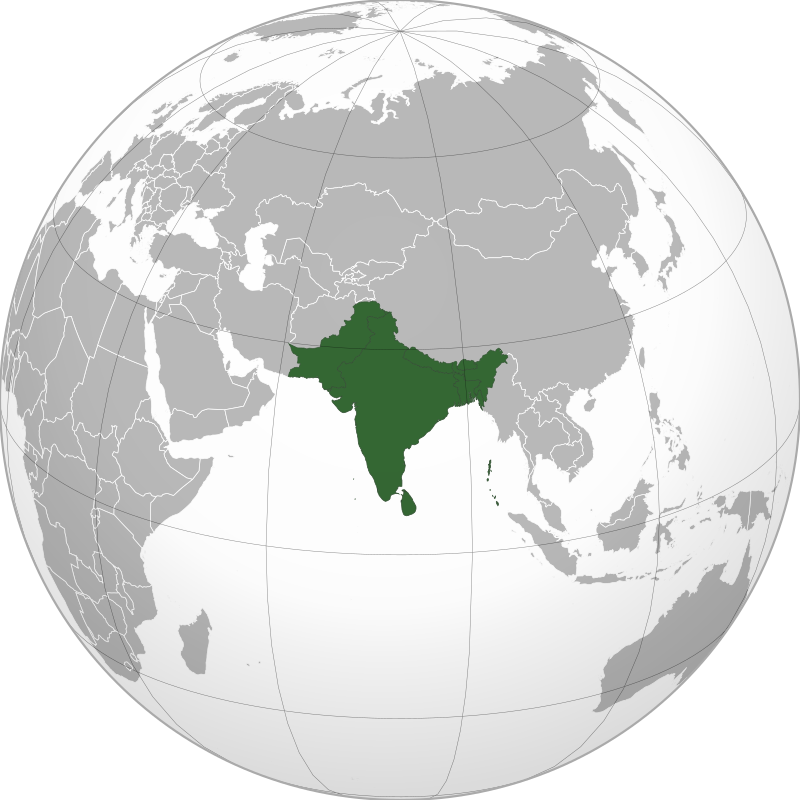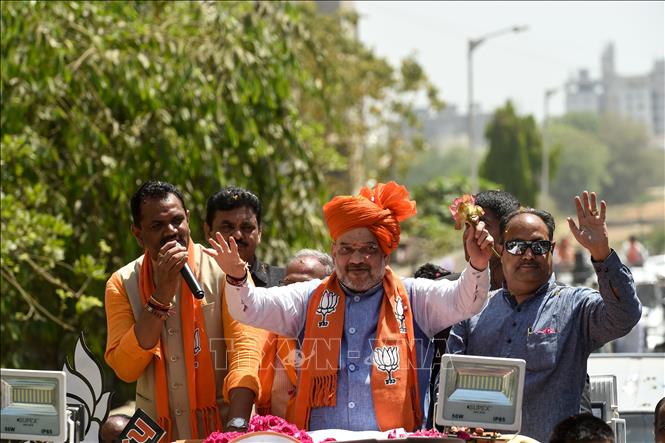What Are People from India Called? Exploring the Diverse Demonyms of India
India, known for its rich cultural heritage and vibrant diversity, is home to a vast population of over 1.3 billion people. The people of India belong to various ethnicities, religions, and regions, resulting in a fascinating array of demonyms used to refer to the inhabitants of this incredible country. In this article, we will delve into the different terms used to identify the people of India, highlighting the cultural, regional, and linguistic nuances associated with these demonyms.
1. Indian:

Indian
The most common and widely recognized demonym for people from India is "Indian." This term encompasses all the citizens of India, regardless of their regional or cultural backgrounds. It is the official demonym used in international contexts and is universally understood.
2.Bharatiya:

Bharatiya
"Bharatiya" is another demonym often used to refer to people from India. Derived from the Sanskrit word "Bharat," which means "India," this term emphasizes the cultural and historical roots of the country. It is frequently used in official and patriotic contexts, highlighting a sense of national identity.
3. Regional Demonyms:
India's vastness and regional diversity have given rise to demonyms specific to various states and regions. Let's explore some of the commonly used regional demonyms:
a. Bengali: Refers to the people from West Bengal and Bangladesh, who primarily speak Bengali.
b. Punjabi: Denotes individuals from Punjab, a region spanning across India and Pakistan, where Punjabi is the predominant language.
c. Gujarati: Identifies people from Gujarat, a state in western India known for its rich culture and vibrant traditions.
d. Tamil: Refers to the people from Tamil Nadu and parts of Sri Lanka, where Tamil is the primary language.
e. Marathi: Denotes individuals from Maharashtra, the state where the bustling metropolis of Mumbai is located, and Marathi is the main language.
f. Malayali: Identifies people from Kerala, a state in the southwestern part of India, where Malayalam is widely spoken.
4. Tribal Demonyms:
India is also home to numerous indigenous tribes, each with its distinct culture and identity. Some of the commonly used tribal demonyms are:
a. Adivasi: Refers to the indigenous tribal communities across India, highlighting their unique heritage and traditions.
b. Naga: Identifies the tribes inhabiting the northeastern state of Nagaland, known for their vibrant culture and martial traditions.
c. Gond: Denotes the Gondi-speaking tribes inhabiting Central India, known for their distinctive art forms and folklore.
5. Language-based Demonyms:
Given the linguistic diversity in India, certain demonyms are based on the languages spoken by various communities. Here are a few examples:
a. Hindi-speakers: Refers to individuals whose primary language is Hindi, which is widely spoken in northern and central India.
b. Telugu-speakers: Identifies individuals who speak Telugu, the primary language of the state of Andhra Pradesh and Telangana.
c. Kannadiga: Denotes people who speak Kannada, the language primarily spoken in the state of Karnataka.
The people of India, with their diverse ethnicities, cultures, and languages, possess a rich tapestry of demonyms that reflect their unique identities. From the commonly used "Indian" to the region-specific terms like Bengali, Punjabi, and Gujarati, these demonyms not only describe the people's origin but also showcase the vastness and diversity of the Indian subcontinent. Understanding these demonyms allows us to appreciate and celebrate the cultural mosaic that is India.